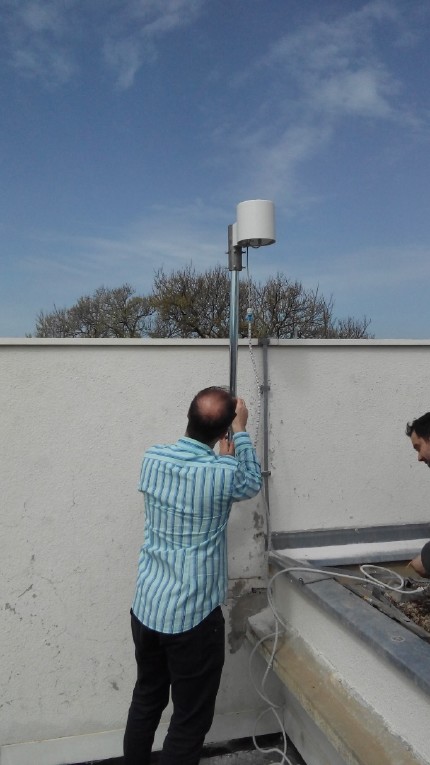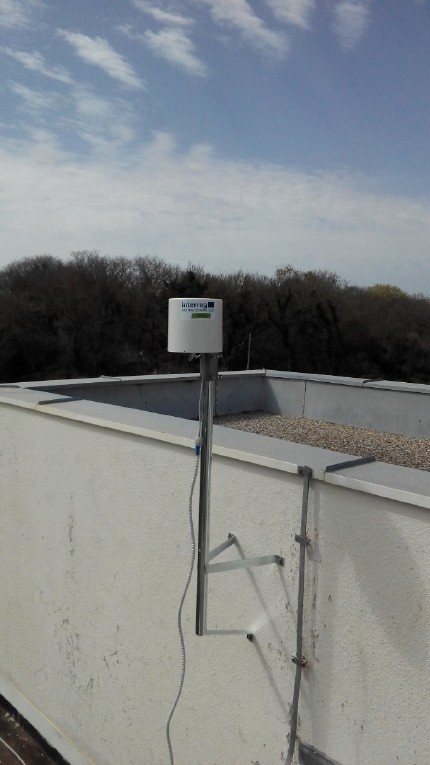Pilot Action 1 Updates: Bokanjac-Zadar
For the water supply needs in Zadar area, water is taken from the catchment areas that belong to the highly sensitive karst area by hydrogeological features. Experience in monitoring of groundwater and surface water quality shows that water resources in Zadar county area are very vulnerable to environmental pollution. Most settlements in the Zadar hinterland don't have a public sewerage system and public landfills. Households in those settlements use septic tanks that are mostly permeable and release the effluent directly into the karst aquifer. Results of monitoring from several groundwater wells show microbiological contamination in FUA.
The goal of our management plan is to reduce recognized pollution and prevent polluted GW to enter water supply system. The problems that we encountered on the start of our project were lack of hydrogeological data of our pilot area (most hydrogeological testing were carried out in the 60's and the 70's) and small number of active piezometers.
Partners from Zagreb are developing a numerical model that will give us essential data about GW flow; that will help us in identification of contaminated sites and polluters and it will give us possible locations for drilling new piezometers that will enable us better GW monitoring and provide new data for further development of our model. For the model development we used all available data from previous hydrogeological testing, we performed new measurements on several locations in the pilot area and conducted Iptest.
We have purchased and installed a new ombrograph with a main goal to collect more accurate data of precipitation on the investigated area. Also, we purchased 2 new laboratory devices (Automated Photometric Analyzer and Gallery Thermo Scientific and Gas chromatograph) in order to improve laboratory analytical capabilities, the ability of detecting contamination, the speed of analysis and the detection of new chemical compounds.
Photos show the new installed ombrograph.


